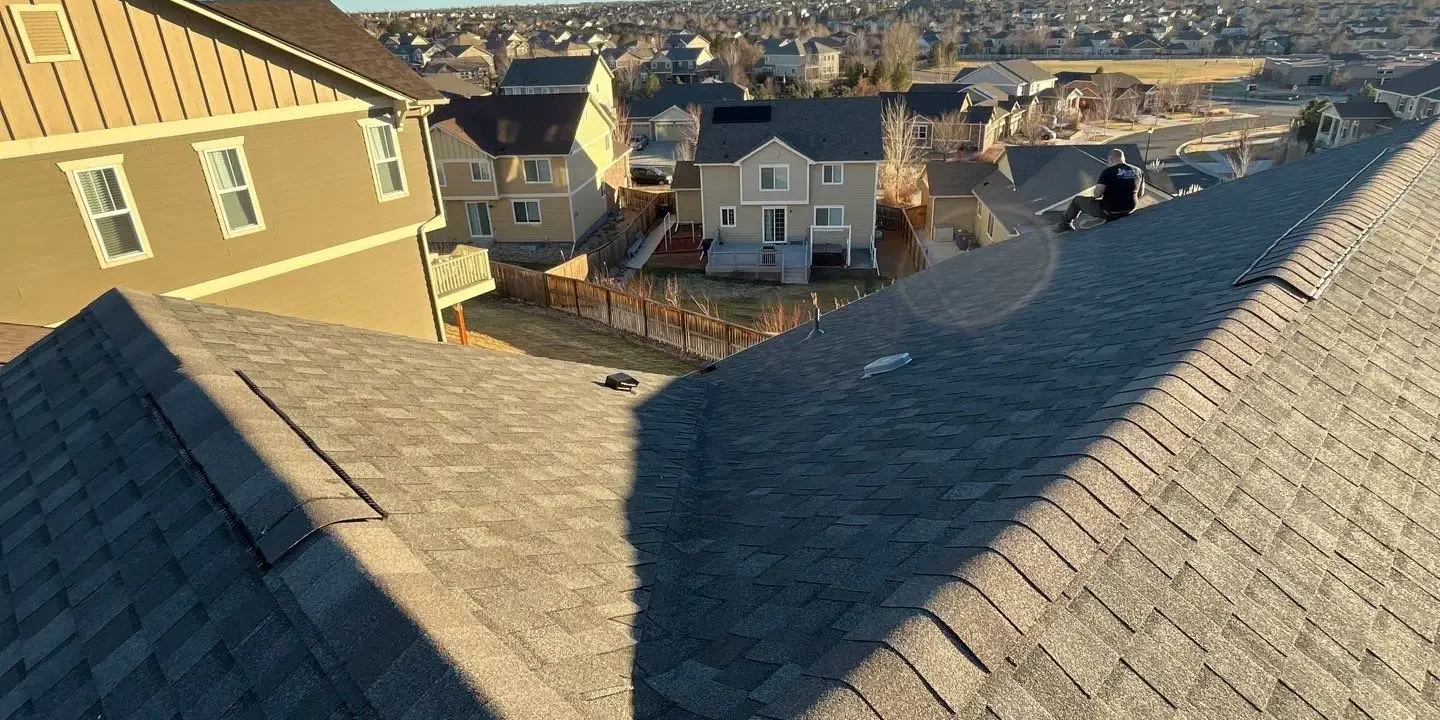Understanding Mold Development on Roofing Structures
Introduction to Mold Issues in Roofing
Mold formation on roofs is not only a common problem but also a serious concern for homeowners and property managers in Littleton. It can lead to significant damage to roofing materials, reduce indoor air quality, and potentially cause health issues. Understanding the causes, prevention strategies, and effective solutions for mold growth is crucial for maintaining the longevity and functionality of roofing systems.
Causes of Mold Growth on Roofs
Mold growth on roofs is primarily driven by the presence of moisture, which can accumulate due to various reasons:
- Poor Roof Ventilation: Inadequate ventilation leads to increased humidity under the roof covering, which fosters mold growth.
- Leaking Roofs: Water leaks from damaged or worn-out roofing materials provide the perfect damp conditions needed for mold spores to thrive.
- Overhanging Tree Branches: These can not only damage the roof physically but also drop leaves that trap moisture on the roof surface.
- Organic Material Accumulation: Leaves, twigs, and other debris can retain moisture against the roofing material, particularly in shaded areas.
Effective Prevention Strategies
To prevent mold growth on your roof, consider implementing the following measures:
- Regular Roof Inspections: Conduct bi-annual inspections to check for any signs of damage or potential water entry points.
- Improved Roof Ventilation: Ensure that your attic and roof structure have proper ventilation to reduce moisture buildup.
- Prompt Repairs: Address any roof damages or leaks immediately to prevent moisture from seeping into the roofing materials.
- Regular Cleaning: Keep the roof free from debris and organic materials that can hold moisture.
Mold Remediation Techniques
Once mold has taken hold, it is essential to address it promptly to prevent further damage:
- Professional Mold Assessment: Have a professional assess the extent of mold growth and moisture penetration.
- Targeted Mold Removal: Use appropriate fungicidal treatments and cleaning techniques to remove mold from the roof surface and underlayment.
- Repairs and Replacement: Replace any irreparably damaged roofing materials to prevent future mold recurrence.
Long-Term Maintenance and Care
Sustained efforts in maintenance and care can drastically reduce the risk of mold growth:
- Regular Maintenance Checks: Schedule periodic checks and maintenance to ensure all roofing components function optimally.
- Moisture Control Measures: Incorporate moisture barriers and ensure that gutters and downspouts are clear and functional to direct water away from the roof.
- Invest in Quality Roofing Materials: Use mold-resistant roofing materials, especially if your location is prone to high moisture levels.
By incorporating these practices, homeowners in Littleton can significantly mitigate the risk of mold on their roofs, ensuring the longevity and durability of their roofing systems. GCCS Roofing, Inc., located in Littleton, CO, specializes in providing high-quality roofing services tailored to combat and prevent roofing issues like mold in the local climate.
CONCLUSION
Effective mold prevention and remediation are key to maintaining the structural integrity and functionality of your roofing system. By understanding the causes and employing strategic prevention and maintenance techniques, you can protect your property from the damaging effects of mold.







